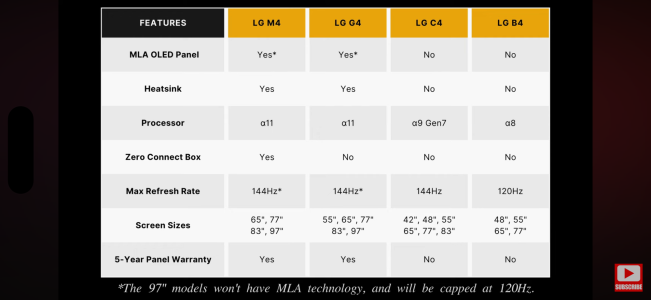elvn
Supreme [H]ardness
- Joined
- May 5, 2006
- Messages
- 5,331
Beyond 2m (6.6ft) without fiber, cable quality starts to matter a lot more. You are way more likely to get blinks if it’s not a great cable at 10+ ft without an active cable so do a lot of checking before you buy a long passive cable.
Yep but like you said there are also expensive fiber hdmi and even usb-c cables that come in 15' , 25' , 50', 75', 100', 150' but probably pushing it past 50 - 100'. Copper is severely limited by comparison.
. . . . . .
This hdmi one below is 50' and around $75 usd, but you can get ones that are a lot shorter like a 15' one for $50, or longer (but if you go way too long like over 100' you might have to use a power injector and it prob wouldn't be optimal for gaming at that point).
Ablink Certified 8K HDMI Cable 2.1 48Gbps 50FT, Ultra High Speed Fiber Optic HDMI Cable for HDR HDCP2.3 eARC 8K60Hz, 4K 120Hz Compatible with PC HDTV Projector, Xbox Series, in Wall CL3 Rated
https://www.amazon.com/Ablink-48Gbps-Support-Compatible-Switch/dp/B08VNRJNRZ
MFR
5.0 out of 5 starsVerified Purchase
Works great at 4K 120Hz
Reviewed in the United States on April 5, 2022
Style: Fiber optic HDMI 2.1 cableSize: Certified 50ft 8K
THis cable lets me remotely use my gaming PC on my Sony TV from 50' away. Syncs fine at 4K/120Hz with HDR. I tried a couple of different fiber optic cables before this (one cheaper and one much more expensive), but despite claiming 4K120 support, they would not sync with my TV. Ordered this cable and it worked right away.
Last edited:
As an Amazon Associate, HardForum may earn from qualifying purchases.
![[H]ard|Forum](/styles/hardforum/xenforo/logo_dark.png)

